Carbon steel seamless pipes are essential components in a wide range of industries, including oil and gas, chemical processing, construction, and energy infrastructure. Their mechanical strength is a critical factor that directly influences safety, performance, and service life. Understanding how strong these pipes are—what determines their strength, how it is measured, and how it varies by material and application—is vital for engineers, procurement professionals, and project designers.
This article provides a thorough analysis of the strength of carbon steel seamless pipes, covering typical mechanical properties, testing standards, factors influencing strength, and their implications across different engineering fields.
Brief description of strength test standards and methods for carbon steel seamless pipes
The strength properties of carbon steel seamless pipes must be verified by standardized test methods to ensure their safety and engineering applicability. The globally adopted test standard system, including the entire process from sampling to data evaluation, helps to achieve consistency and comparability.
The tensile test is the most basic and most critical strength test method, which is used to determine indicators such as yield strength, tensile strength and elongation. According to the GB/T228 (equivalent to ISO 6892) standard, the test uses a standard specimen stretched to fracture at room temperature. For example, 20# seamless pipes require tensile strength ≥410MPa, yield strength ≥245MPa, and elongation ≥25%. If used in high temperature environments, high temperature tensile tests must also be performed according to GB/T4338 to evaluate its strength at service temperature.
Hardness testing is a commonly used rapid strength screening method suitable for on-site inspection. It mainly includes Brinell, Rockwell and Vickers hardness tests. Among them, the common Brinell hardness of 20# steel is ≤156HB, which can be converted into tensile strength (such as: tensile strength ≈ 3.45×HB). Although it cannot completely replace the tensile test, it has auxiliary reference value in the production and acceptance process.
Impact test is used to evaluate the toughness of materials under dynamic loads, especially for important applications under low temperature or dynamic load conditions. Charpy V-notch test (GB/T229, equivalent to ISO 148-1) is the mainstream method, which tests the energy absorbed by the sample when it breaks at a specific temperature. For example, the impact energy standard of Q345D steel at –20℃ is: longitudinal ≥40J, transverse ≥27J. It is worth noting that the impact performance of materials in different directions is different, and special attention should be paid in engineering design.
Factors That Determine the Strength of Carbon Steel Seamless Pipes
The strength of a seamless steel pipe is not determined by a single element. Instead, it is the result of a combination of several key factors:
1. Material Composition
The chemical elements present in carbon steel—such as carbon, manganese, silicon, sulfur, and phosphorus—play a major role in determining its strength characteristics. Additional alloying elements like chromium, molybdenum, and nickel may be added to enhance specific properties such as hardness, tensile strength, or corrosion resistance.
2. Manufacturing Process
Carbon steel seamless pipes are typically manufactured through hot rolling, extrusion, or cold drawing. Each method has a different effect on the grain structure and mechanical properties of the final product. Heat treatments such as normalizing, quenching, and tempering further modify the internal structure of the steel, thereby influencing its strength and toughness.
3. Application Environment
The final performance of a steel pipe depends not only on its inherent strength but also on the environment in which it is used. Temperature variations, internal or external pressure, exposure to corrosive media, and dynamic loads all affect the long-term integrity of the material. For instance, pipes used in cryogenic applications must maintain impact resistance even at –40°C or below.
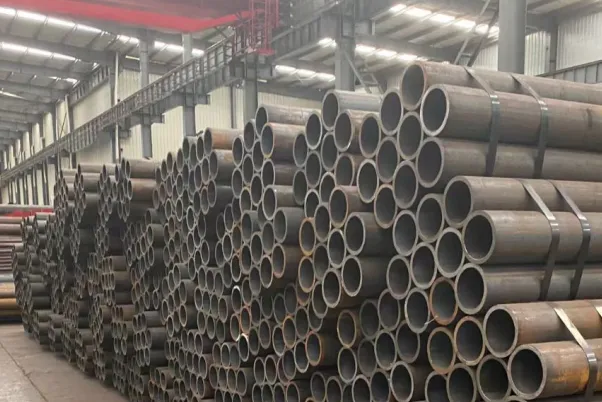
Common Strength Ranges of Carbon Steel Seamless Pipes
The strength of seamless pipes depends on the material, manufacturing process and application scenario.Carbon steel pipes are produced in a range of strength grades, tailored for various uses. Below are the typical classifications and their mechanical performance metrics:
Standard Carbon Steel Seamless Pipes
Tensile Strength: 370–500 MPa
Yield Strength: 235–355 MPa
Impact Toughness: 20–40 J/cm² (typically measured using the Charpy V-notch test)
Applications: General-purpose structural applications, low-pressure fluid transport, building frameworks.
High-Strength Carbon Steel Seamless Pipes
Tensile Strength: 500–700 MPa
Yield Strength: 355–460 MPa
Impact Toughness: 40–60 J/cm²
Applications: High-pressure pipelines, mechanical systems, heavy equipment components.
Alloyed Carbon Steel Seamless Pipes
Tensile Strength: 700–1000 MPa
Yield Strength: 460–690 MPa
Impact Toughness: 40–120 J/cm²
Applications: Offshore drilling platforms, high-pressure boilers, petrochemical reactors, and high-stress environments.
Low-Temperature Carbon Steel Seamless Pipes
Maintains impact toughness ≥27 J/cm² at –40°C
Applications: Cryogenic pipelines, liquefied natural gas systems, arctic or sub-zero installations.
Generally speaking, common seamless steel pipes, such as carbon steel pipes, are usually very strong, generally between 235MPa and 460MPa, with a tensile strength between 370MPa and 700MPa and an impact toughness of about 40J/cm². These data come from material test reports and industry professional specifications that meet international standards. These values are important indicators for evaluating their performance and ensure the reliability and durability of carbon steel seamless pipes (CS seamless pipes) in various application scenarios.
Brief description of the strength range and grade classification of carbon steel seamless pipes
The strength of carbon steel seamless pipes varies significantly due to different material composition, manufacturing process and heat treatment status. According to its mechanical properties, it can be roughly divided into three categories: low carbon steel, medium carbon steel and low alloy high strength seamless pipes, and each type of product has its specific application scenario.
Low carbon steel seamless pipes (such as
SCH20 steel) have a yield strength of ≥245MPa and a tensile strength of ≥410MPa, excellent plasticity and weldability, and are suitable for medium and low stress occasions such as fluid transportation and structural parts. Its carbon content is low (0.17%~0.24%) and has good processing performance.
Medium carbon steel seamless pipes (represented by 45# steel) have a tensile strength of ≥590MPa and a yield strength of ≥335MPa, but the elongation is reduced to about 14%. Due to the increase in carbon content (0.42%~0.50%), the strength is significantly improved, which is suitable for mechanical shafts, connectors and other structural parts with large loads. Attention should be paid to crack tendency during welding, and preheating treatment is often used.
Low alloy high strength seamless pipe (such as Q345D) achieves high strength and high toughness at a low carbon content (0.12%~0.18%) through microalloying design. Yield strength ≥345MPa, tensile strength 490–670MPa, elongation ≥21%, and excellent low temperature impact performance. It is widely used in key structures such as bridges, buildings, and ships, and is particularly suitable for use in low temperature or dynamic load environments.






 English
English Español
Español بالعربية
بالعربية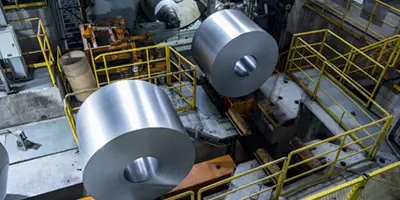
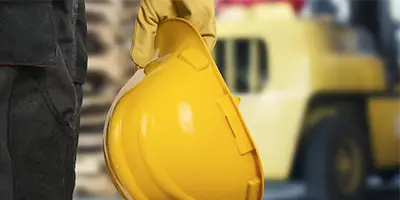
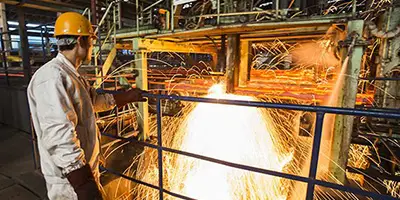
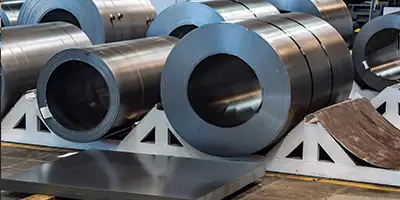

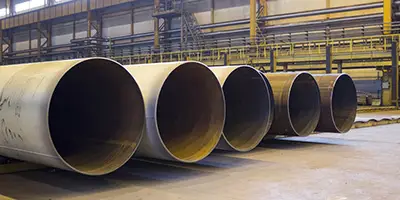
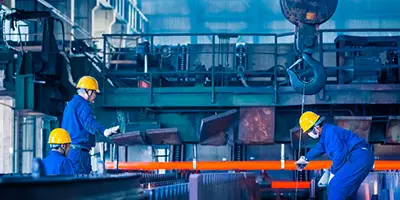
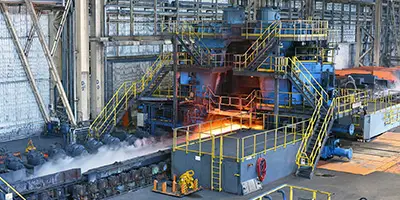
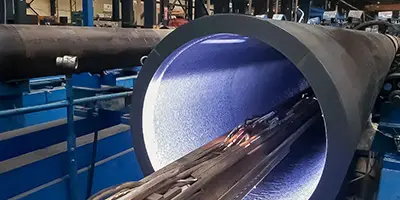
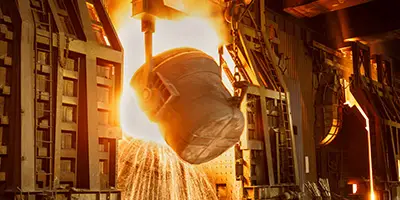


 Phone :
Phone :  Whatsapp :
Whatsapp :  Email :
Email : 


